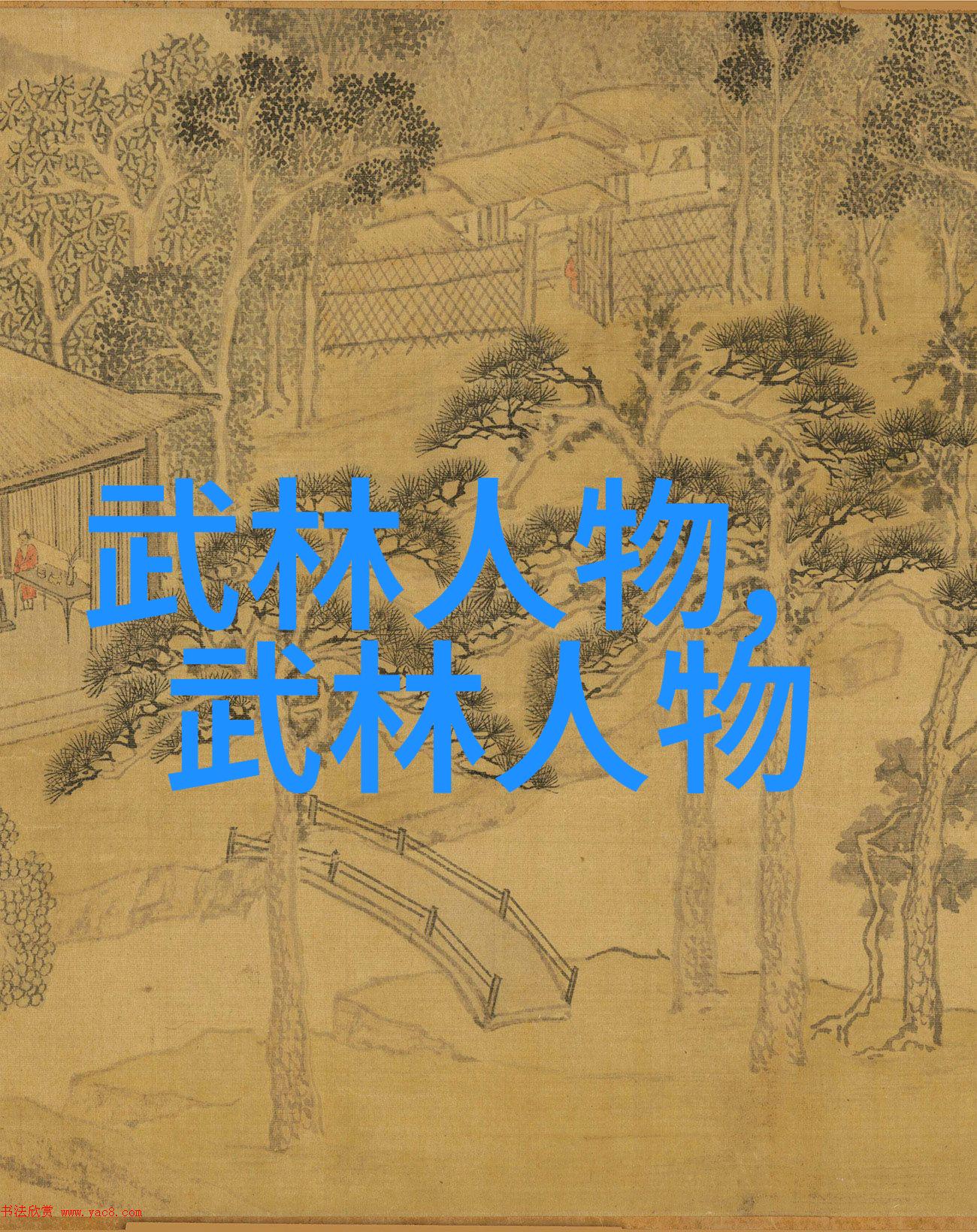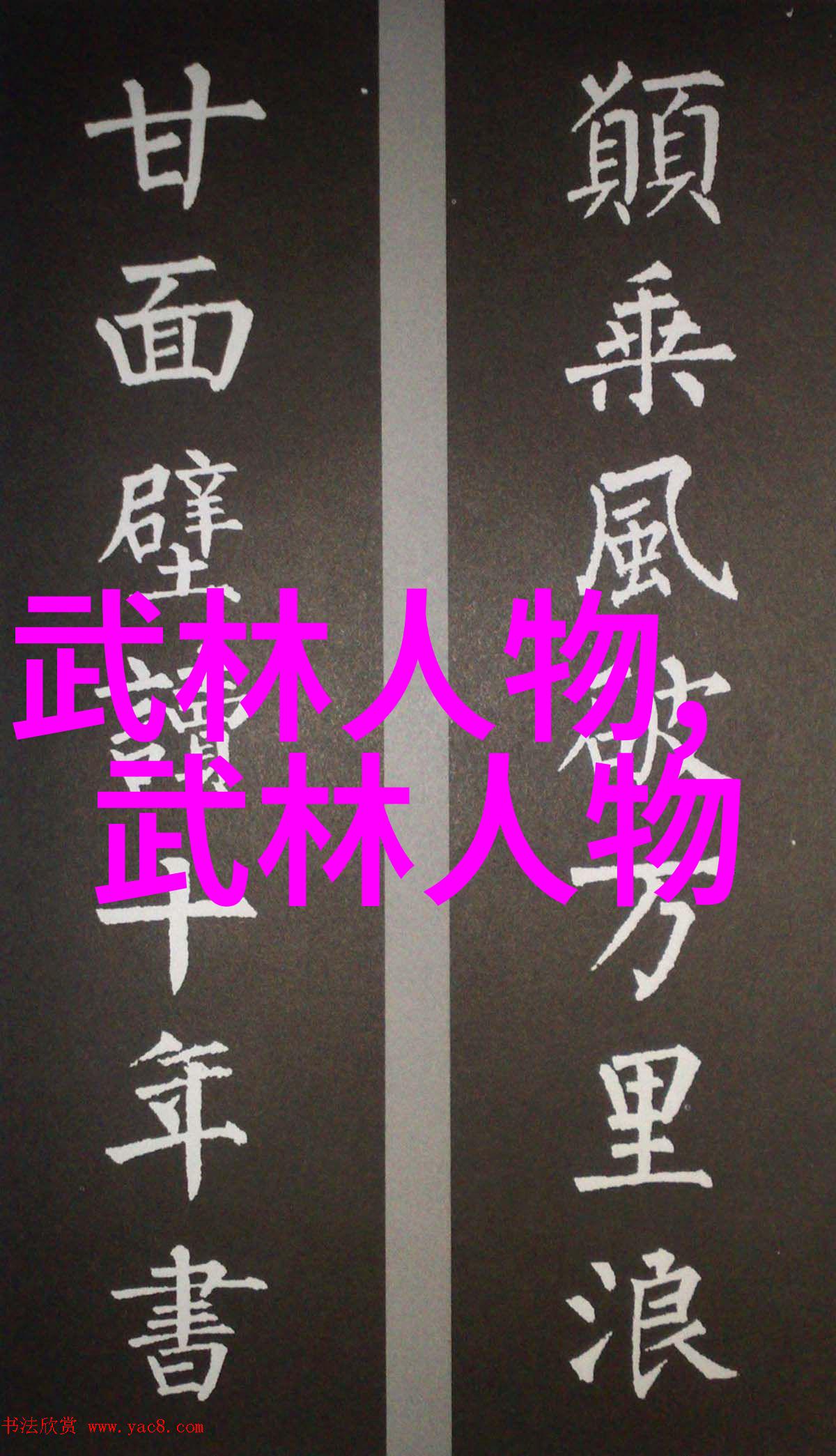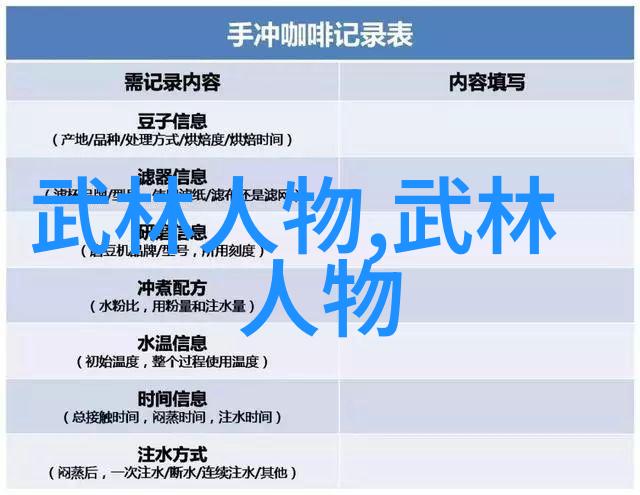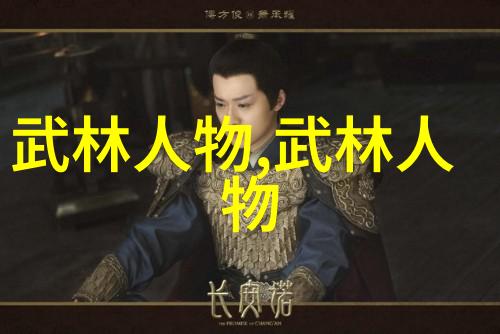

引言

太极拳是一门古老的中国武术,它不仅包含了身体锻炼,更重要的是它蕴含着深厚的哲学文化内涵。其中,太极24式是太极拳中的一种流派,它以其简洁、优雅和实用性受到广泛好评。在学习过程中,了解和掌握24式中的每一个动作对提升个人武技水平至关重要。今天,我们将一起探讨如何通过分解式来提高我们的太极剑法能力。
分解式介绍

在开始之前,让我们先了解一下什么是“分解式”。在体育训练领域,特别是在武术训练中,“分解”意味着将复杂的运动动作拆解成一系列更为基础、更易于理解和执行的部分。这有助于新手更容易地学习并掌握整个动作,同时也能帮助资深者找到新的视角,从而加深对该动作本质的理解。
对于太极拳来说,24式是一个相对较短且精华浓缩的套路,由于其独特的地位,它被许多人认为是最接近原汁原味的代表之一。因此,无论你是否已经掌握过其他形式的太極拳,只要你愿意投入时间和耐心,你都可以从头开始学习这套经典之作。

** Swordplay in Tai Chi: A Guide to Improving Your Martial Arts Skills**
The Tai Chi 24-form is a fundamental component of the martial art, and its study can be a rewarding experience for practitioners of all skill levels. In this article, we will explore how to improve your swordplay skills through the application of the 24-form's principles and techniques.

The Importance of Understanding Tai Chi Principles
Before diving into specific swordplay techniques, it is essential to understand the underlying principles that govern Tai Chi practice. These principles include:

Balance: Maintaining equilibrium between body weight distribution and movement direction.
Relaxation: Releasing tension in muscles while performing movements.
Softness: Applying gentle force instead of brute strength when executing techniques.
Circularity: Emphasizing smooth, flowing motions with no abrupt changes in direction.
By internalizing these principles, you'll be better equipped to execute more precise and effective swordplay maneuvers.
Mastering Sword Techniques through Breakdowns
One way to improve your sword skills is by breaking down complex movements into their constituent parts – a process known as "decomposition." This approach allows you to focus on individual aspects before integrating them into larger combinations.
For example, let's examine one common technique found within many styles of Chinese martial arts: cutting with an open hand (also called "chi sau" or "sticky hands"). By decomposing this action into smaller components:
Stance preparation: Establishing an optimal stance for balance and stability.
Hand positioning: Placing the hand at the correct angle relative to your opponent's arm or weapon.
Body rotation: Utilizing rotational energy generated from turning your torso for added power behind each cut.
Extension/withdrawal sequence: Executing a swift extension followed by withdrawal motion using only wrist action without relying solely on shoulder strength.
Once mastered individually, these elements can then be combined seamlessly during sparring or solo practice sessions.
Enhancing Coordination & Agility Through Practice
Regular practice helps refine coordination between different muscle groups involved in various actions within Tai Chi 24-style forms — including those related specifically to wielding swords efficiently and safely.
Incorporating partner drills where you exchange blows with another practitioner will further enhance agility while providing opportunities for both partners simultaneously develop new strategies based on observations made during exchanges against their opponent's unique style set-ups – which are inherently diverse due mainly because every person possesses distinct physical attributes such as height weight size reach etc., thus making each match-up unique even if performed under similar conditions; however they also provide invaluable insight about what works best under given situations allowing practitioners grow faster over time since there isn't any limit imposed upon learning new moves nor strategies but rather endless possibilities provided by continuous exploration experimentation & refining existing knowledge bases creating ever-evolving systems tailored towards individual needs preferences strengths weaknesses goals aspirations etc..

2024-10-29

2024-10-29

2024-10-29

2024-10-29

2024-10-29

2024-10-29

2024-10-29

2024-10-29

2024-10-29

2024-10-29